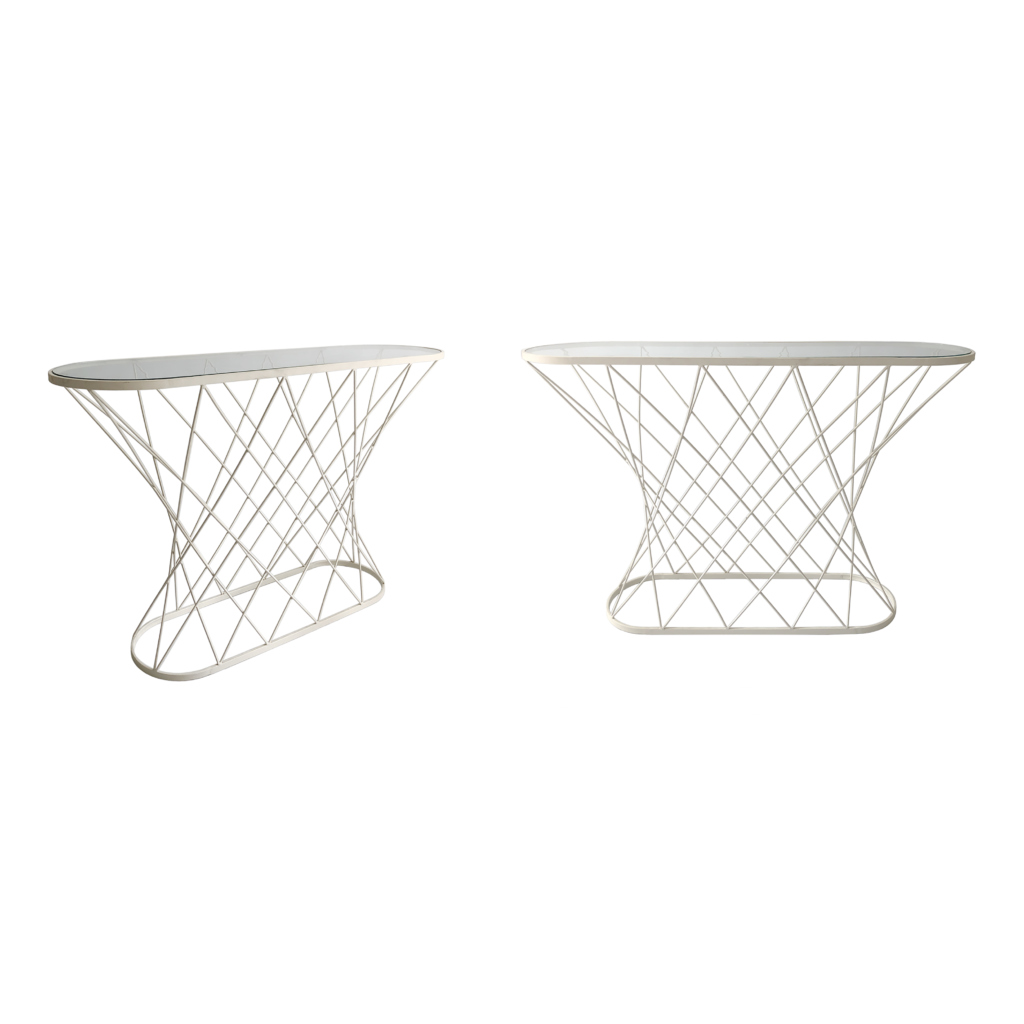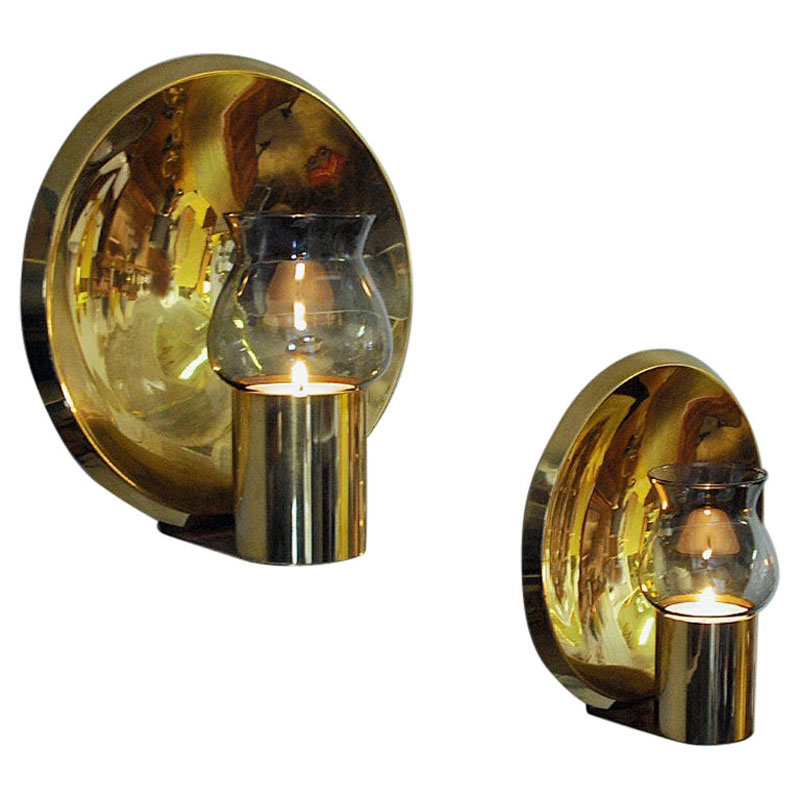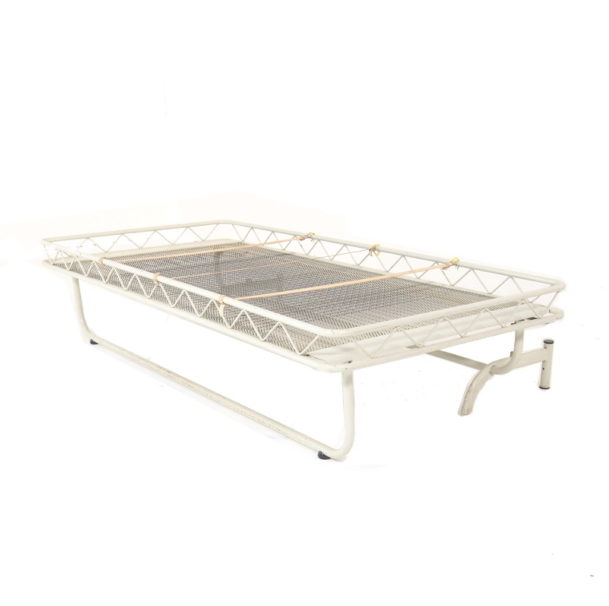Well, the dovetails are strong evidence. You have seen this exact piece before? Or just something similar, or? In my limited experience, the custom stuff is always heaviest, as it is made from solid materials. Rejoice in this; it surely means a higher quality product, one-of-a-kind, etc, and more valuable for this fact alone.
I believe this sideboard was made by the same maker:
http://www.designaddict.com/forum/Identification/Danish-Sideboard
Same dovetails. Same Solid Afrormosia? Drawer fronts. Same rabbet end drawer pull. Same oak drawer boxes.
I would not even begin to believe an attribution to Peter Hvidt. (And if the attribution would be to Peter Hvidt and Orla Mølgaard-Nielsen. I always that when they don't really believe their own BS they just say Hvidt).
The piano hinges are a very Norwegian or British detail.
Those magnetic clasps are unusual for a Danish piece from the 60s.
The top is veneer. Thus the sides and bottom must be veneer. The doors are veneer. The drawer fronts are solid. And the leg assembly is almost certainly solid for structural reasons.
I believe this was a low volume maker. I would guess Norwegian or maybe British. Quite possibly the maker was the designer.
Mgee76: solid wood is not generally heaviest. Veneer over particle board is heavier than solid teak. veneer over lumbercore is lighter than solid teak. Solid Afrormosia is a bit heavier than teak. Solid rosewood is a lot heavier than teak. Really depends on the density of the material. And most solid wood used in building furniture is lighter than particle board.
I suspect that this may not be the sort of ID that is made so quickly. If I were trying to identify it I would look for case pieces of any sort that were made by the same hand. There are very unique characteristics. The more pieces you can find, the easier it will be to find more. And the more likely you will find one that comes with some extra information that helps you find the maker.
I am guessing you will not be looking for a marked piece, because I am guessing this maker did not mark his work. But they look to have been expensive, so you might find one that comes with a story from the owners of how/where/why they bought it and from whom.
Definitely a mystery worth solving. Are you obsessive enough to solve it?
More photos might be helpful. The back of the piece. The underside. The inside of the case. Drawer slides. Hinges. Hardware. Anything that connects anything to anything. Etc. Etc.
Sometimes these things turn on the slightest detail.
(I was obsessed about identifying a sideboard a few years ago. Finally identified it based on an unusual door stop).
Some Scandinavian makers were very inconsistent with marking their stuff. Some basically never marked anything. Some used labels that easily fell off. Some labeled everything.
And we have two pieces by the same maker, neither marked.
So it is entirely possible that the next piece you can find will be marked, as it is hard to state probabilities about two pieces, but my instinct with this sort of thing tells me that they will not be marked. This is more of a case where the piece is the signature.
If you need any help, please contact us at – info@designaddict.com


 <img class="wpforo-default-image
<img class="wpforo-default-image








